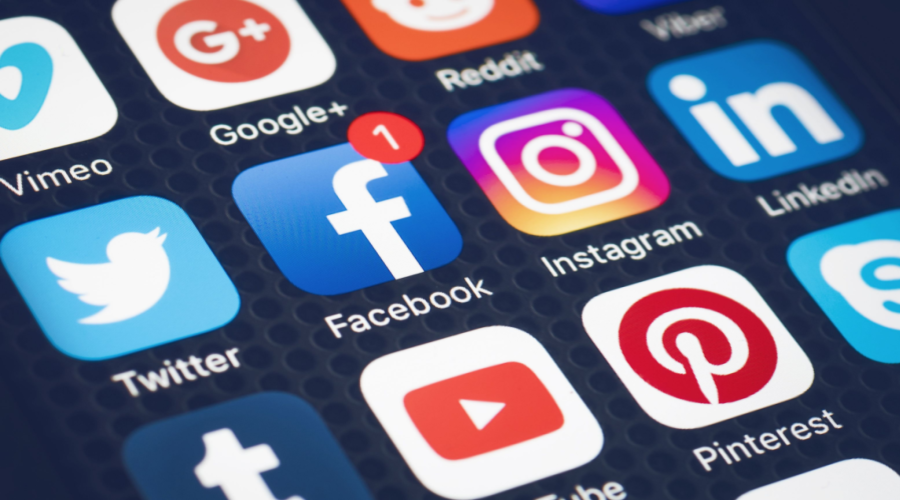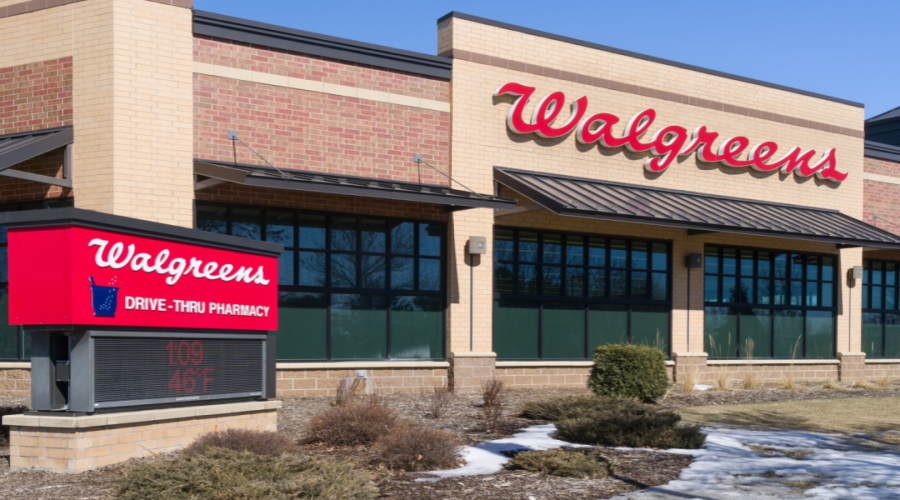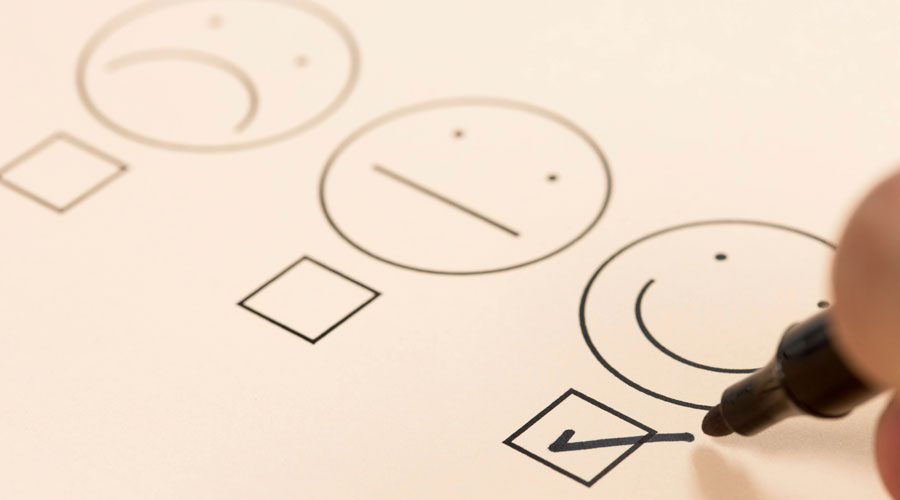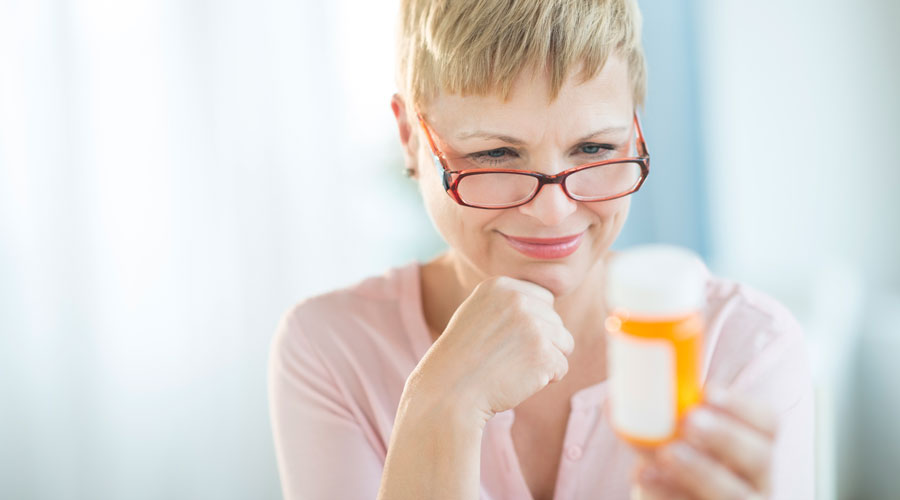Consumers today want everything on demand. When they need a ride to the airport, they expect a pickup within minutes. If they’re hungry, a few taps on their smartphone means a meal from their favorite restaurant is on the way. And if they need to order a refill for a prescription, they want to do it as soon as they remember—even if the pharmacy is currently closed.
People have come to expect these needs to be met 24/7 on the mobile device they use every day. More specifically, they want it in a format optimized for mobile use: an application. In 2019, people downloaded an estimated 194 billion mobile apps. Consumers spend more than two hours per day on mobile apps, compared to just 11 minutes on mobile websites. Nearly 85 percent of people prefer using apps because they offer a better user experience, more convenience, and easier browsing. Every major retail company, including your competitors like CVS and Walgreens, uses an app to increase customer engagement.
With an app, patients can handle pharmacy transactions like refills or transfers, find information about the pharmacy’s hours and location, learn about any special services offered, request delivery, read up on health news, download coupons to save money, and communicate directly with pharmacy staff. And all that leads to more traffic and loyalty to your pharmacy. “It’s an always-available touchpoint for customers,” said Glenn Gruber, senior digital strategist from Anexinet, a technology consultancy that helps companies develop digital solutions. “An app enables you to communicate everything you have available, like coupons, specials, and sales, and then you are able to marry that with the information that prescriptions are ready. These are things you can do collectively to get people into the store.”
Full digital solution
An effective pharmacy app starts with a comprehensive approach to digital strategy. “In order to win in today’s competitive environment, you need to reach your patients where they want to be reached, and in a format that is most convenient for them,” advised Dustin Humphreys, CEO of Digital Pharmacist, which provides multi-faceted digital solutions for independent pharmacies. “If your patients want to engage with you via text message, be there. If they want to engage with you over the web, be there. And if they want to engage via an app, be there.”
In fact, most prospective patients will engage with your website long before they think about downloading the app. “People don’t typically download an app before they’ve become a customer,” Humphreys said. Before they visit a pharmacy in person, patients will probably search for a pharmacy on their smartphone—and independent pharmacies need to greet them with an easy to navigate mobile experience. And ideally, that website experience will be unified with the experience on the app. When the pharmacy website and app work together seamlessly, they become more usable individually.
App Use By the Numbers
- Users spend 50% of their time on digital media using apps
- 49% of people download at least one new app a month
- 66% of millennial users wish they could do more with smartphone apps
- More users visit retailers’ mobile apps than desktop sites
- Users spend an average of 2.3 hours on mobile apps every day
Source: ComScore
Improving adherence
By driving adherence, pharmacies can get more out of their existing customers. Using a pharmacy app equipped with two-way messaging, pharmacists can better understand and reach their non-adherent patients. Right now, text message reminders are the standard intervention for improving patient adherence. And according to a study published in JAMA Internal Medicine, they are effective, approximately doubling the odds of adherence.
But for the patients that remain resistant to text message reminders, new technology can be the push they need. After a patient has received multiple notifications about refilling their prescription with no action, that becomes a cue for the pharmacist to ask more questions—something that is now much easier with HIPAA-compliant methods of communication via a pharmacy app or website.
“It is critical that pharmacists understand the particular reason a patient is not taking or picking up a medication,” Humphreys said. “That is why we believe the future of pharmacy is conversation. It’s really important that we move beyond saying ‘Hey, your prescription is ready,’ to ‘I’ve noticed you haven’t picked up your prescriptions—what’s going on?’ The net effect is more prescriptions sold for the pharmacy and better health outcomes for the patients.”
Another way to improve adherence and retention with your app is to incorporate video counseling services. Telemedicine is one of the most popular features of the Canopy Health app, Gruber said, which was created by Anexinet for Canopy Health System to make it easier for patients to take control of their own healthcare decisions.
Characteristics of Most-Used Apps
- Makes life easier
- Clear instructions for using app
- Appealing design and aesthetic
- Consistent experience on multiple devices
- Always has new content
Source: “Mobile App Marketing Insights: How Consumers Really Find and Use Your Apps.” Google and Ipsos MediaCT. 2014.
In addition to benefitting all patients with convenient counseling from the comfort of their homes, video counseling is especially helpful for those with mobility problems and those living in rural locations. This accessible service provides another touchpoint for patients and pharmacists, providing more access and comprehensive care, and it is a unique way to build trust without having a face-to-face experience.
Downloading and using the app
No matter how wonderful your app is, patients can’t benefit from it if they don’t know about it. “This is not one of those ‘if you build it, they will come,’ situations,” Humphreys said. “You have to talk about it with pharmacy customers and encourage them to download it.”
To do that, focus on how the app will make their experience better and more convenient. In a study from Google, the most frequently used apps were those that made the user’s life easier. Highlight features like easy refills, live chat, and simpler medication management. “For customers that are taking a lot of medication, it becomes like having a pharmacy in your pocket,” Humphreys said. “You can take your phone out, quickly see your medication regimen and request refills. Prescriptions can be an easy thing for patients to manage.”
Marketing the app isn’t over after the first download but should continue as you add new features. That will not only increase engagement from current users but also renew engagement from those who downloaded the app but have stopped using it. “Using email campaigns or in-app notifications to tell patients about new capabilities and features that are now available to them can help get new people to use the app for the fi first time, because it now may do something that they value highly,” Gruber said. “Or if you have people who already have the application, you can tell them about new things they can now do with it. Then people will use it more frequently and drive more value into the store.”
Discounts and exclusive content can also encourage patients to come back to the app, according the Google study. And making sure users have “clear instructions on using the app” will make them more likely to use it.
Some pharmacists may feel like pushing an app onto patients makes the experience with the pharmacy too cold and impersonal, but by taking care of menial tasks the app actually creates more time for pharmacists to provide personal care.
“Today’s pharmacist needs to be spending time caring for patients and operating at the top of their license,” Humphreys argued. “Getting patients to engage digitally not only frees up time for the pharmacy and pharmacy staff to focus on more important things than handling a refill request, but once patients learn how to engage, they prefer digital as well.”
Push Notifications: The Essential Way to Engage Users
A message that pops up on your phone or tablet from an application is called a push notification. The app is “pushing” information to the user who is not in the app, and it is meant to prompt you to action and stay top of mind. Facebook sends friend suggestions and posts you might be interested in. Instagram alerts you to new stories. Fitness apps remind you to get up and walk. Netfl ix informs you of a new release. Push notifications increase app engagement by as much as 80 percent.
Here are some push notifications you can send to keep patients engaged:
• Notifications that a prescription is ready for pickup
• Reminders to refill a prescription
• Reminders to take medications
• Exclusive offers
• New stories from your blog or newsletter
• Announcements of new or seasonal services
• Reminder of rewards points, if using a loyalty program
Push Notification Best Practices
Keep these best practices in mind to maximize engagement and minimize opt-outs.
Make the case
Users have to choose to receive push notifications. You’ll need to present a compelling case for why they should add their pharmacy’s notifications to the dozens of other apps already bombarding them daily. Concisely as possible, summarize what they’ll receive and how it will benefit them. Start with the obvious and most convenient, which are notifications that a prescription is ready. But also make sure to outline less obvious benefits, such as exclusive offers.
Utilize exclusivity and urgency
Exclusivity creates an illusion of scarcity and is a proven way to generate action. Send special offers to users who opt in for push notifications. Make it clear that other customers won’t be receiving the same offer. And give all offers an expiration date, which creates urgency, another effective method to prompt action.
Find the right frequency
You want to strike a balance of being top of mind but not irritating. Users are exposed to around 60 notifications a day. Given the ubiquity of notifications, pharmacies should use them modestly. Reminders will have to be sent as-needed, but promotions and updates shouldn’t be sent more than once per week except to users who are highly responsive. You should always risk sending too few than too many because once a user opts out of notifications, their chances of opting in again are slim. As for the best time to send push notifications, shoot for some time between noon and five o’clock on weekdays.
Keep it short
A study from Localytics, a customer engagement company, found that messages under 10 words get the most clicks. As you add more words the click rates fall. Always make sure the entire message can be read on the lock screen without having to click through. Communicate the benefit clearly and make it a statement, which is twice as effective as a question.
Track and measure
Make sure you have analytics in place before sending push notifications. A data-driven strategy will maximize engagement. You’ll be able to abandon strategies that aren’t working and enhance those that are. Which notifications get the most clicks? Which ones are falling flat? What day of the week works best?
Segment
With actionable data at your fingers, you can start to send notifications tailored to specific groups of users. For example, you can segment users with low click rates from those with high click rates, making sure to send fewer notifications to one and more to the other. One user may be especially responsive to coupons while another cares more about health news. A user with several medications might get numerous reminders and alerts about medications, which means they should receive fewer promotions. The more relevant the message, the more likely they are to click.
From the Magazine
This article was published in our quarterly print magazine, which covers relevant topics in greater depth featuring leading experts in the industry. Subscribe to receive the quarterly print issue in your mailbox. All registered independent pharmacies in the U.S. are eligible to receive a free subscription.
Read more articles from the March issue:
- How to use analog marketing to earn more business than you’ve ever had
- What will the novel coronavirus do to the pharmaceutical supply chain?
- Help patients quit smoking with new guidelines from the Surgeon General
- Lessons in innovation from pharmacy trendsetters at the NCPA NICE awards
- This pharmacy’s discharge program earns new business while keeping patients out of the hospital
- How to find fair market value when purchasing a pharmacy
- An online training program prepares technicians for certification
An Independently Owned Organization Serving Independent Pharmacies
PBA Health is dedicated to helping independent pharmacies reach their full potential on the buy side of their business. The company is a member-owned organization that serves independent pharmacies with group purchasing services, expert contract negotiations, proprietary purchasing tools, distribution services, and more.
PBA Health, an HDA member, operates its own VAWD-certified warehouse with more than 6,000 SKUs, including brands, generics, narcotics CII-CV, cold-storage products, and over-the-counter (OTC) products.
Want more pharmacy business tips and advice? Sign up for our e-newsletter.












